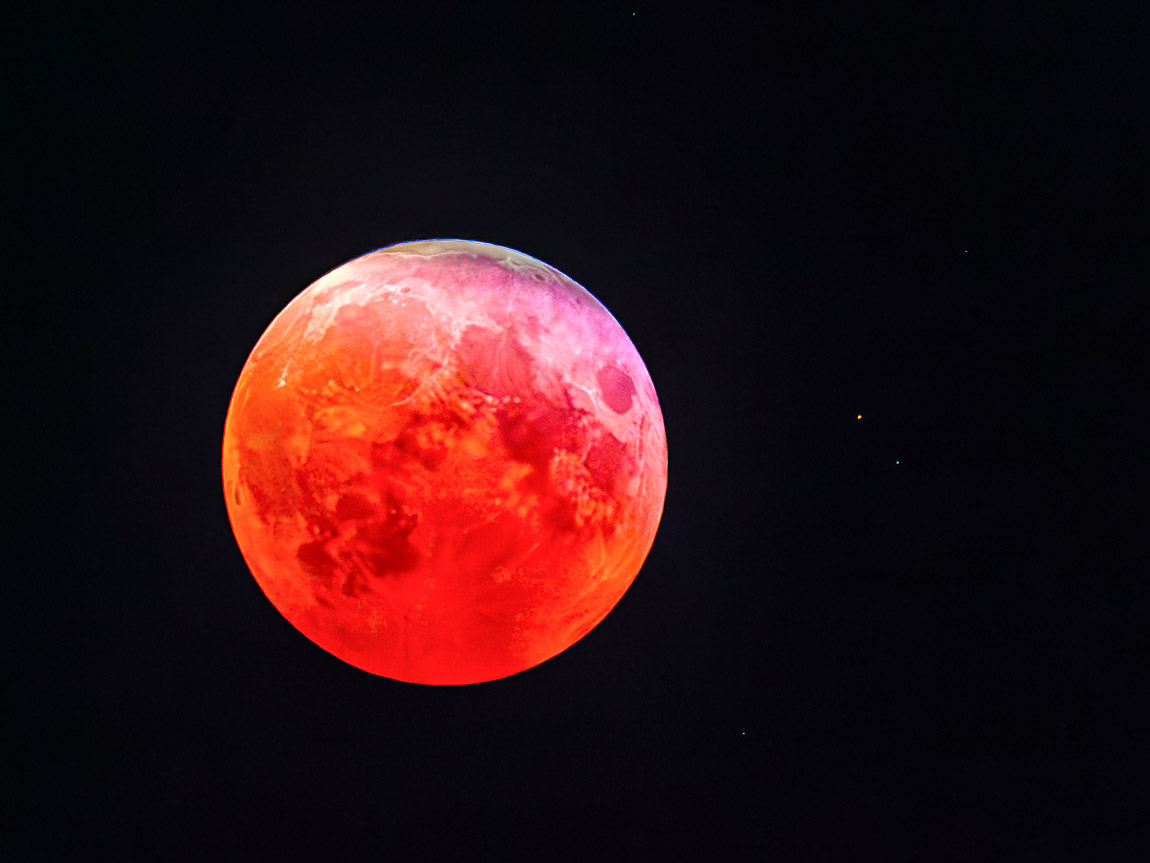A lunar eclipse was predicted for early March 2025, during the night of March 13-14.
According to NASA, one meaning of a "blood moon" is based on its red glow. This blood moon occurs during a total lunar eclipse, during which Earth lines up between the Moon and the Sun, hiding the Moon from sunlight.
When this happens, the only light that reaches the Moon's surface is from the edges of the Earth's atmosphere. The air molecules in the atmosphere scatter most of the blue light. The remaining light reflects onto the Moon's surface with a red glow, making the Moon appear red in the night sky.
I was very curious to figure out where I could capture this special moment.
As always, I used my preferred planning tool, the Photographers’ Ephemeris application, to see where and when the total eclipse would occur. The app showed me that the total eclipse would occur on March 14 at 3:32 a.m. It also informed me that my home backyard would be a good location to capture this unusual event.
On the gear side, following my experience catching this beauty.
I knew what to do.
At 3 a.m., I went outside to watch the moon. Handheld, I did several tests with my 840 mm lens and different settings on my camera. Finally, I would set the ISO to 25 600 and overexpose the scene by 1.7 stops and an F/5.6 aperture. All these settings would generate a shutter speed of 1/8 sec. Knowing the stabilisation feature capability on my Olympus camera, I felt very comfortable.
At 3:34, I captured the blood moon. In the viewfinder, the scene looked unbelievable. In post production in LR, I adjusted the lighting and performed the noise reduction, but it did not manipulate the colours and the saturation.
When I showed this beauty to my friends, many said, “Jacques, you have coloured and oversaturated the moon in postproduction.” I did not!
Once again, planning and gear familiarity are fundamental photographic elements.


